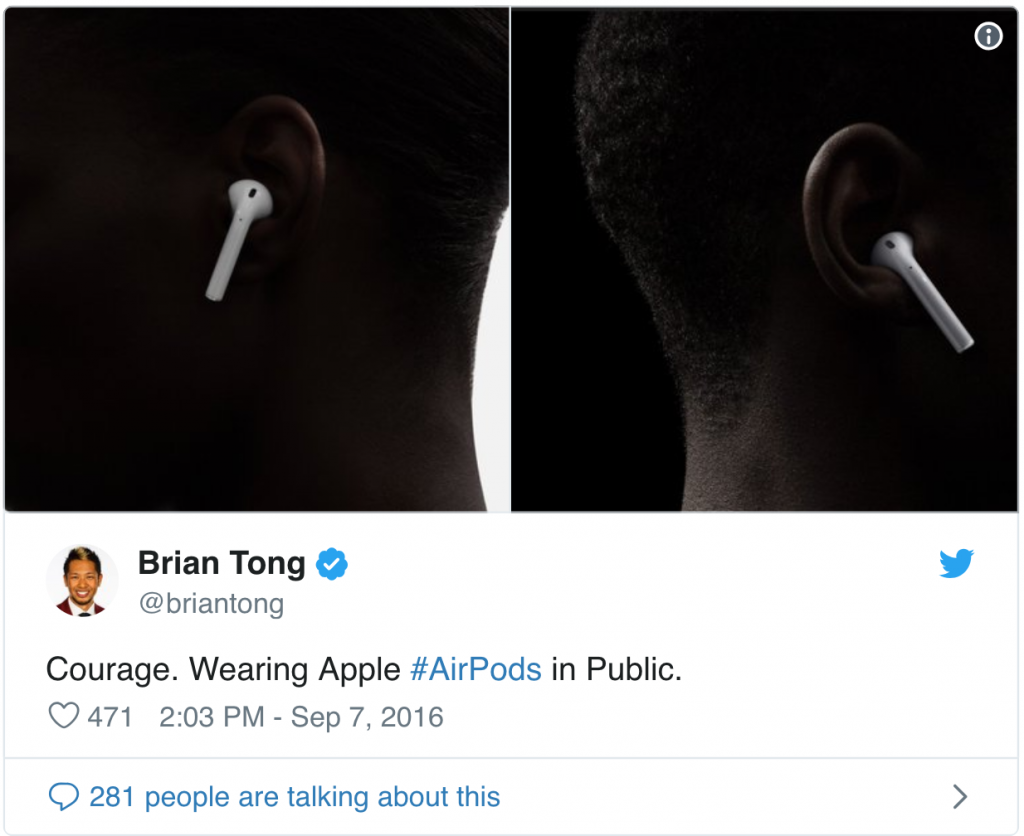Imagine a young Elvis Presley, only 21 years old, in his home town of Tupelo, Mississippi. Finally coming home for the first time as a massive celebrity, Elvis decides to put on a homecoming concert for the town. Performing for tens of thousands of screaming fans, Elvis makes sure to pull all of the stops. He sings some of his most famous hits like “Hound Dog” and “Don’t Be Cruel,” dances in the sensual fashion that never made it into his “waist up” performance on the Ed Sullivan Show, and holds his hand out to a sea of people desperately wanting to touch him, all the while clutching a bulbous, chrome set microphone that would come to be playfully nicknamed the “Elvis Mic”: the Shure Unidyne Model 55.
This microphone, first developed in 1939 under the Unidyne Microphone Series of the Shure Company, has been in the presence of some of the most famous musicians and arguably the most recognizable events in American history. The Shure Unidyne Model 55 was the preferred microphone not only for Elvis Presley, but for the great jazz singer Billie Holiday, the “Queen of Swing” Mildred Bailey, and Frank Sinatra. It was in front of Martin Luther King Jr. in his famous “I Have A Dream” speech at the Lincoln Memorial, was quite noticeable in the “Dewey Defeats Truman” photo, and the iconic microphone that helped Michael Buffer utter the words, “Let’s get ready to RUMBLE!!!”

However, even though the Model 55 has been around for 80 years and has been an integral part of America’s musical and social culture, not many people really know much about this mic and what made it the groundbreaking technology that it truly is. Well, I intend to right this incredible wrong of society and present to you a rundown of the Model 55’s history and its ingenious design that more that certainly led to its popularity.
1. It was the first of its kind to be a “single element dynamic cardiod” microphone

Now I know what you’re thinking. “This is how you’re going to reel me in? Throwing together a bunch of engineering terms and hoping I think it sounds cool? You’ve lost me.” But wait! While they might sound a little dry, those four words (single element dynamic cardiod) are the basis for almost all modern recording technology and, in the context of the 1930’s, opened a new realm of possibilities for studio and live recordings. Here is a breakdown for those words.
“Cardiod” refers to the specific directional pattern that the mic makes. Back in the 1930’s, most microphones either picked up sounds equally from all sides (an omnidirectional pattern) or equally from two sides (a bidirectional pattern) but the desired pattern for live performances was a unidirectional pattern that picked up sounds from only one side of the microphone. That way, only a performer’s sound would go in to the microphone without the ambient noise that could normally cause unwanted feedback. This unidirectional pattern often is in the shape of a heart, which is why it is specifically called a cardiod pattern. If you want to read more on directional patterns, click here.

“Dynamic” refers to how the microphone turns the acoustic waves of the sound into electric waves. In a dynamic microphone, sound pushes against a diaphragm which is connected to a piece of wire coiled around a magnet. Whenever the diaphragm moves, the coil moves over the magnet, creating a small current that momentarily runs through the wire. There are many different ways in which sound can be changed to electric signal and if you want to learn more about these methods, click here.
“Single element” is probably the most important term out of this group because it’s what made this microphone so successful as a product. In the 1930’s, to be able to create a cardiod directional pattern, recorders would have to use huge microphones that effectively had multiple omnidirectional and bidirectional mics within it that would sum or subtract their outputs. These “multiple element” mics were heavy and not always reliable, so Shure researched ways to modify the dynamic configuration of the mic so that only one element was needed. With the help of Benjamin Bauer, the head designer and inventor of the mic, the company found a way to alter how sound hits the diaphragm from the back and effectively nullified any sound that would come in that direction. This resulted in a mic that was extremely light weight and significantly more reliable than its competitors; features that many performers and announcers were attracted to.
2. It was extremely cost effective
Because of its single element design, Shure could sell these microphones at a reasonable price to broadcast groups. The Shure Unidyne Model 55 costed around $45 dollars, which for its reliability and weight, was a great deal for performers buying them.
3. People loved the outer design of the microphone
Without a doubt people were attracted to the futuristic look of the Model 55. According to the Shure company, the outer design of the mic was inspired by the grill of the 1937 Oldsmobile as well as the Art Deco movement of the 1920’s and 1930’s.

All in all, the Shure Unidyne Model 55 was a feat of technological brilliance. It offered an efficient way to accurately record vocals without the fear of feedback or odd frequency response. The Shure Model 55 should be remembered as the father to all modern dynamic microphones because it truly was the first of its kind. So, whenever you see a picture of Elvis waving around the “Elvis Mic” or Sinatra crooning into the Model 55, just remember how groundbreaking that microphone was.




